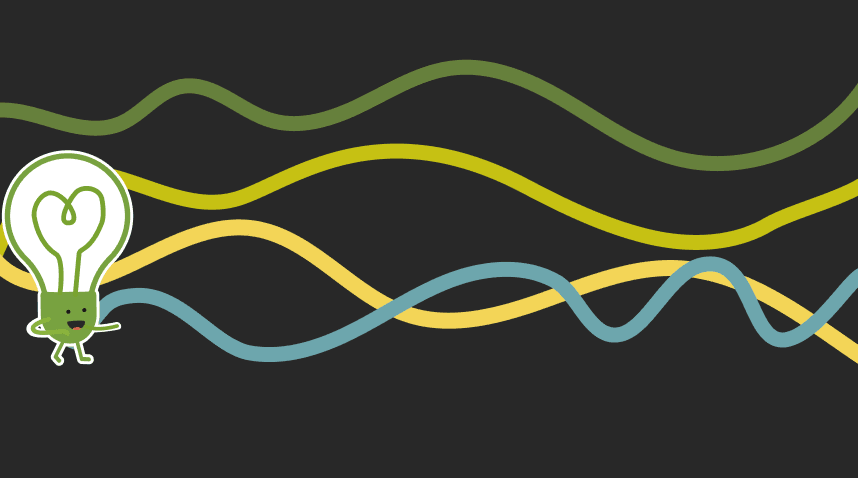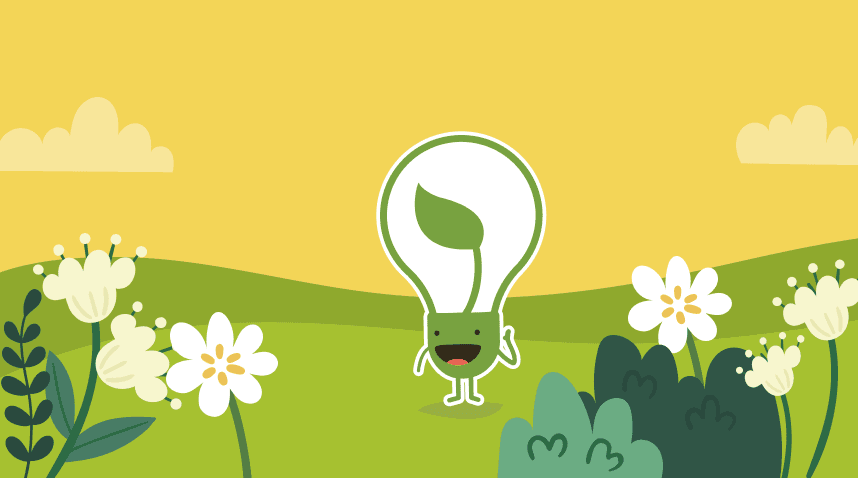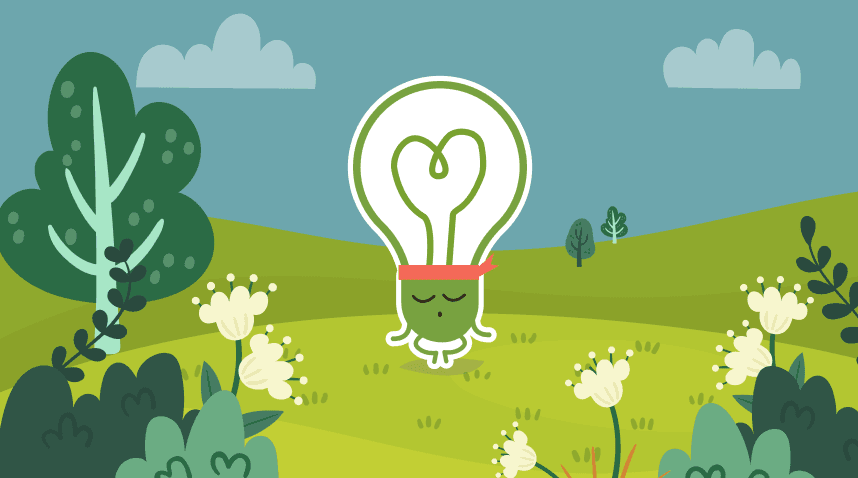TLDR: 3 Fs that you can give and gain when meditating in the park. Kyle explores the different benefits of it!
The 3Fs. Nope, I’m not swearing. Although during these challenging times, swearing might relieve the repressed and stressful energies.
I’m talking about Frequency, Fresh Air, and Flora & Fauna. Wait, it might be 4Fs now. Anyway, these Fs I discovered recently when I conducted a meditation for the Rainbodhi group at Singapore Botanical Garden.
1. Frequency

Meditation is not a mystical and magical route toward some higher plane. It is a cognitive process for self-exploration using introspection. Meditation underpins what scientists are discovering about the brain and the way it works.
Scientifically speaking, every space or environment has a set of frequencies at which they naturally vibrate. Where there is resonance, there is frequency. Where there is frequency, there is energy. It’s simple really. Everything we see and interact with is made up of energetic particles, which all carry their own vibration, just like our emotions.
Studies have shown that the natural environment promotes deeper brain functional connectivity than the built environment. What it means is that being in nature soothes the nervous system through the release of hormones that positively impact the body, mind, and energies.
Emotions are frequencies. Thoughts are frequencies. Everything is composed of different frequencies and only a small fraction of these frequencies are detectable by the human senses. We naturally sense some of these frequencies, specifically the ones generated by thoughts or emotions — even though we cannot see them (recall not liking someone for no other reason than having a bad “vibe”).
South Korea even goes to the extent of investing $140 million in a new centre on forest therapy. That shows how much emphasis a country can place on nature when she recognises the powerful effect nature can bring to us.
In nature, you can feel your body more easily tune into the Earth’s frequency. The body can restore, revitalize, and heal itself more effectively.
Whenever I’m surrounded by nature, I feel embraced by the greenery. Isn’t nature the best representation of what Dhamma (the law of the universe) meant?
When the body touches the ground, the earth and I are connected. At once, I tune into the interdependence that prevails in nature. Compared to sitting on the concrete floor, my bum prefers the grass more. There is a different “vibe” and meditation becomes more focused and connected.
2. Fresh Air

I have had to develop tricks through the years to get myself to meditate. I can read Dhamma books for hours a day, but I haven’t yet managed to override the part of my brain in which edutainment takes precedence over sitting still. Much less allow the mind to settle into a blissful state of being.
One way where I can make myself devoted to meditation is by either going to the park or doing it with others. Not only is there inherent accountability, but if you have a time, a place, and a routine, you have successfully outwit your mind into thinking, “Hey! There is a new place I can try meditating in!” The mind likes doing and does not like being.
What’s this got to do with fresh air? You might not notice, but whenever you try meditating in a new environment, the air feels different from one place to another. Fresh air is everything. It puts the body at ease and more relaxed.
Oxygen is directly related to being alert. Lack of oxygen makes us lazy, sleepy, or weak. Like oxygen, meditation is also related to being alert to our experience of the meditation object.
The best “air” I’ve breathed was when I was up on a mountain facing the Himalayas in Ladakh. Since mountains are not easily accessible here in Singapore, a park is the next best thing.
There is no shortage of oxygen in the park: the fresh air that we breathe comes directly from the plants and the carbon dioxide we exhale is vital for them. It’s a win-win situation. With the consumption of fresh air, it might be hard not gaining enlightenment. Smiley face emoji.
3. Flora and Fauna

Being around flora and fauna helps people concentrate better. Studies show that tasks performed while under the calming influence of nature are performed better and with greater accuracy, yielding a higher quality result.
Parks foster an appreciation for nature that often instils a sense of responsibility for caring for and protecting the environment.
Ever wonder why people buy flowers when visiting patients at the hospital? Plants or Greenery have a practical application in hospitals: the presence of plants in patient recovery rooms dramatically reduces the time necessary to heal. The soothing effects of ornamental flowers and plants are so great that simply having daily views of flowers or plants in landscaped areas significantly speeds up recovery time. It feels like I’m already being healed by the flora and fauna before I start meditating in the park.
Realising how fortunate I’m enjoying this space the park is providing, I feel obliged to count my blessings for having such a wonderful opportunity to do my meditation in the park.
I always end it by dedicating my merits to the people around me.
Forget about swearing, let’s all take a “seat” in the park, and discover the true beauty of nature not just as an inert or pretty landscape, but as a living and breathing world of mystery and sensitivity. A realm of wisdom and learning that is always whispering its teachings to us.
Wise Steps:
- Find greenery nearby your dwelling and locate a nice quiet spot to sit in silence
- If silence still feels foreign, tune into a Dhamma talk that can help calm your mind as you sit in the green
- Organise a ‘green sit’ with friends, there is company in solitude and in a group of friends!


